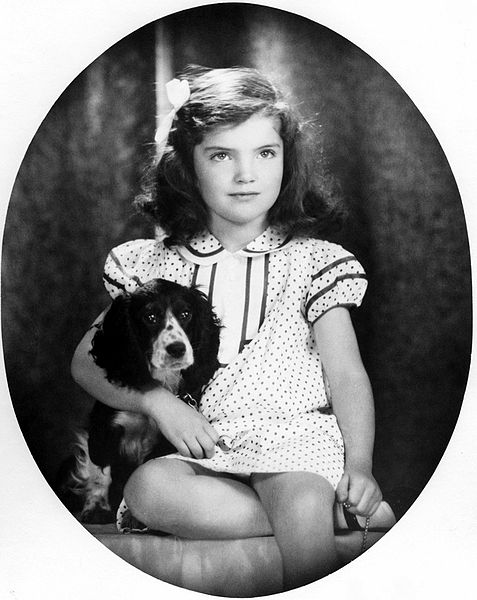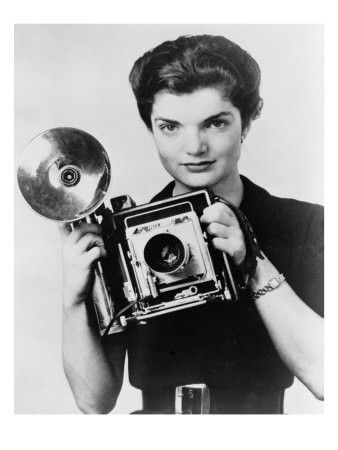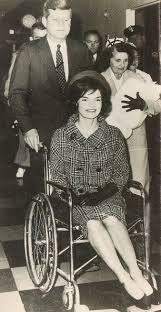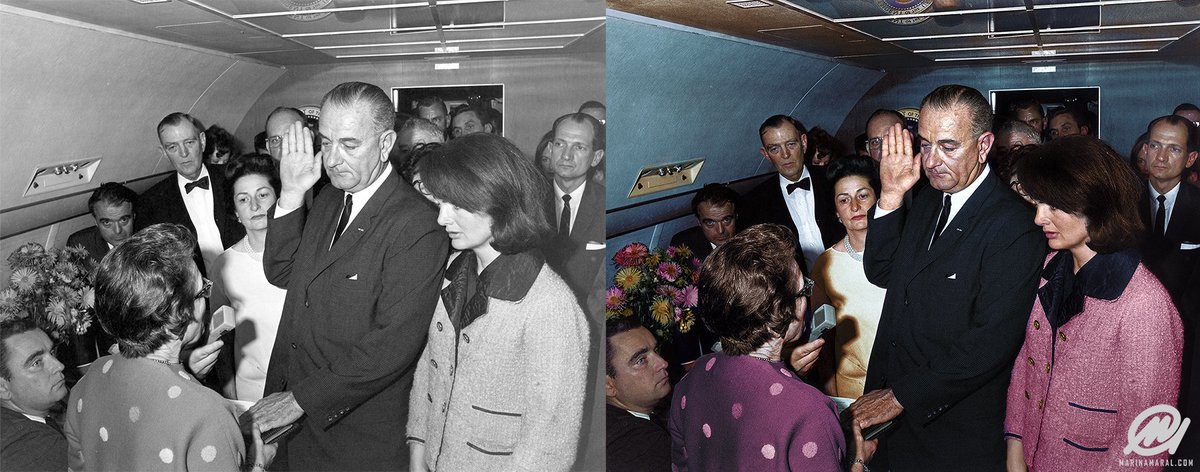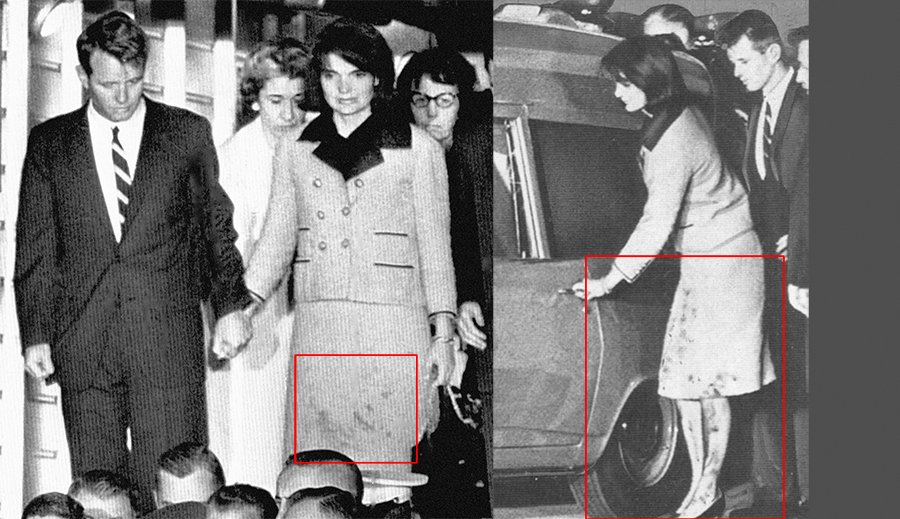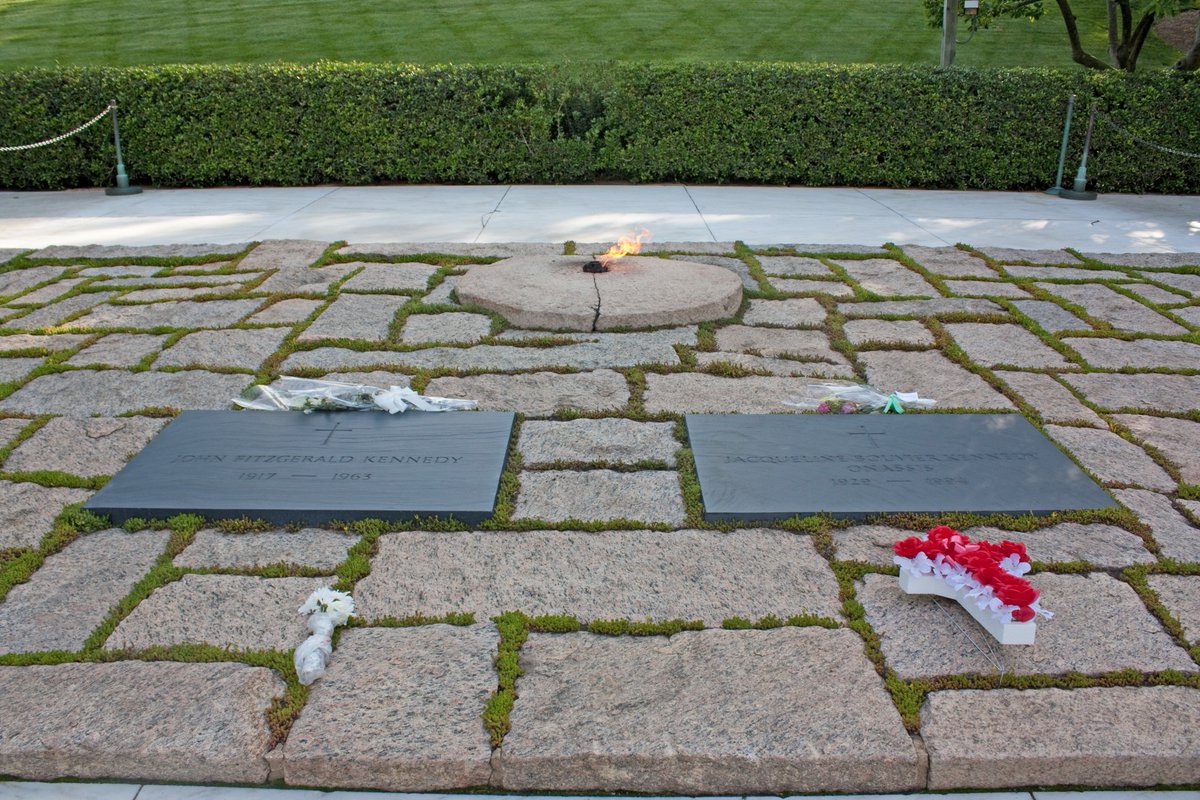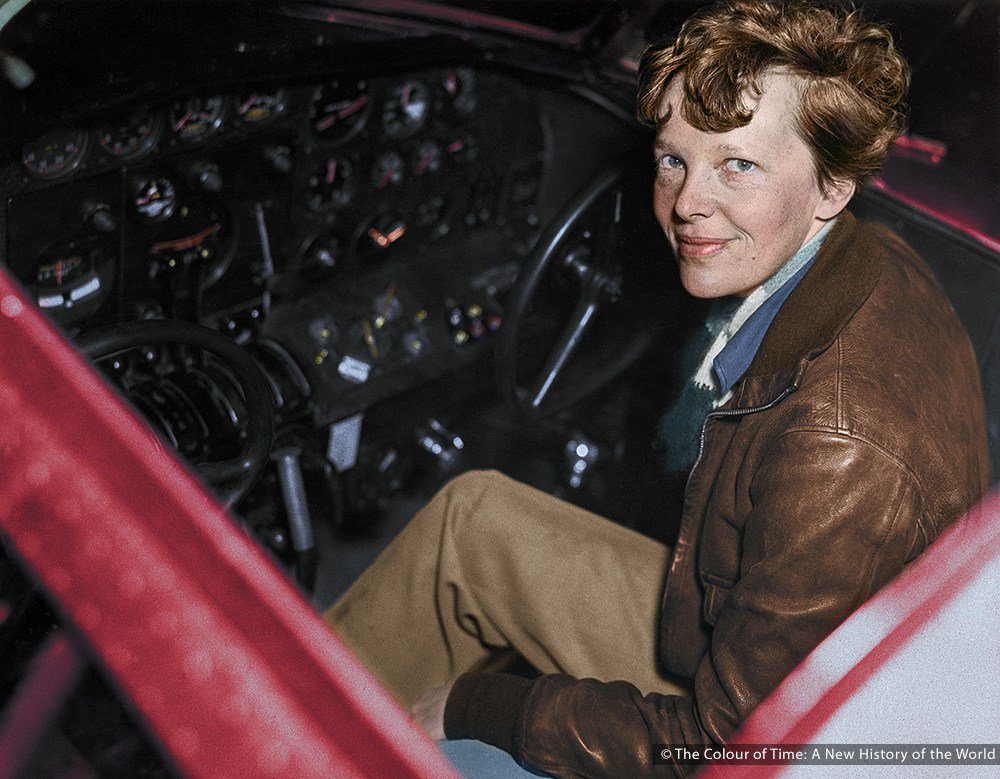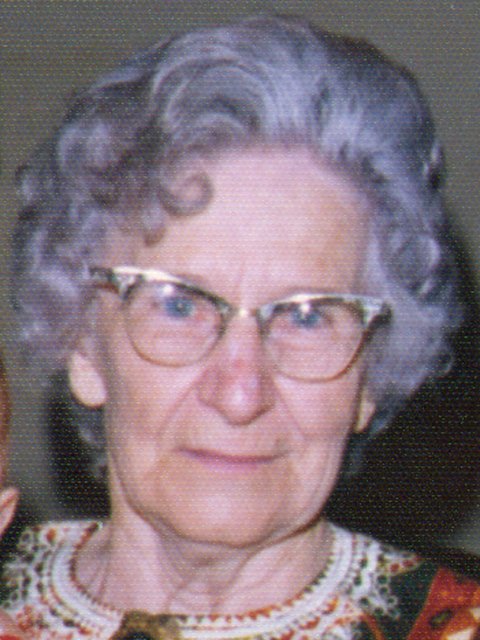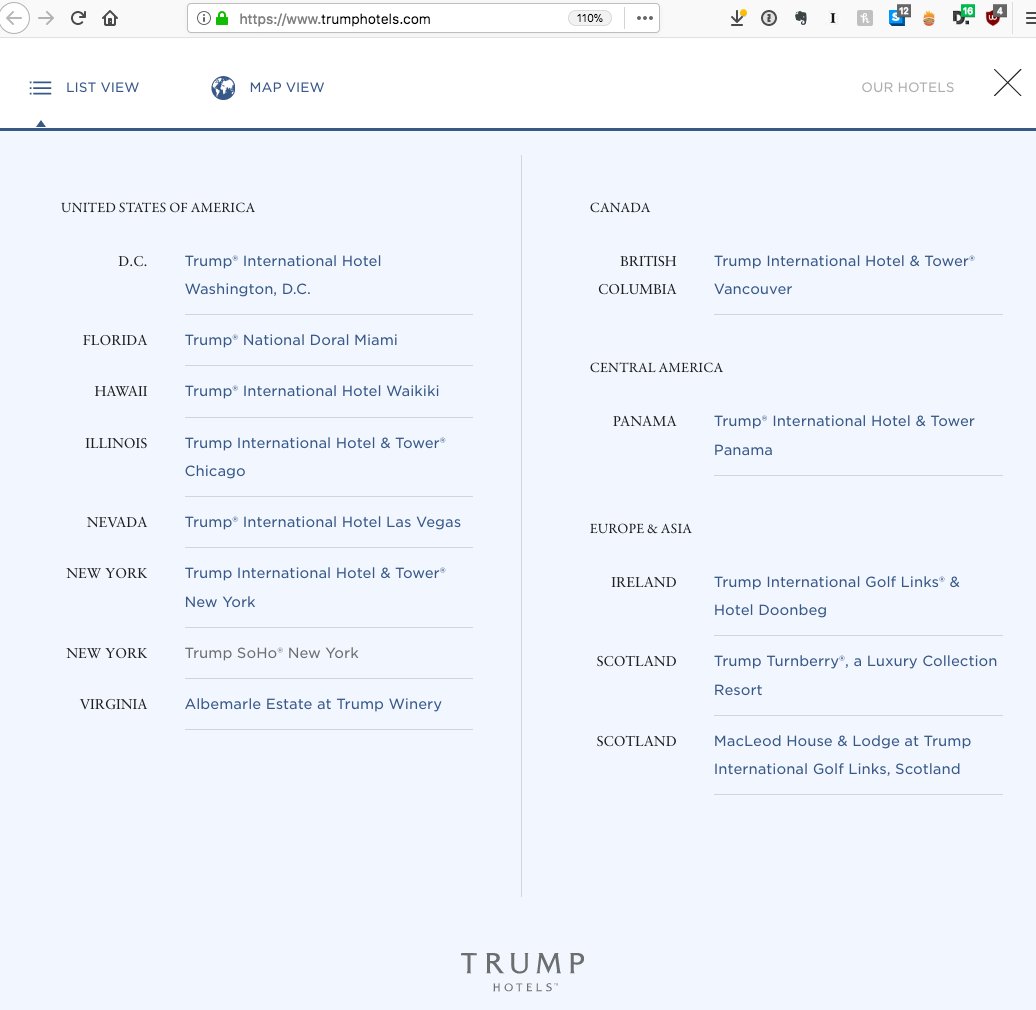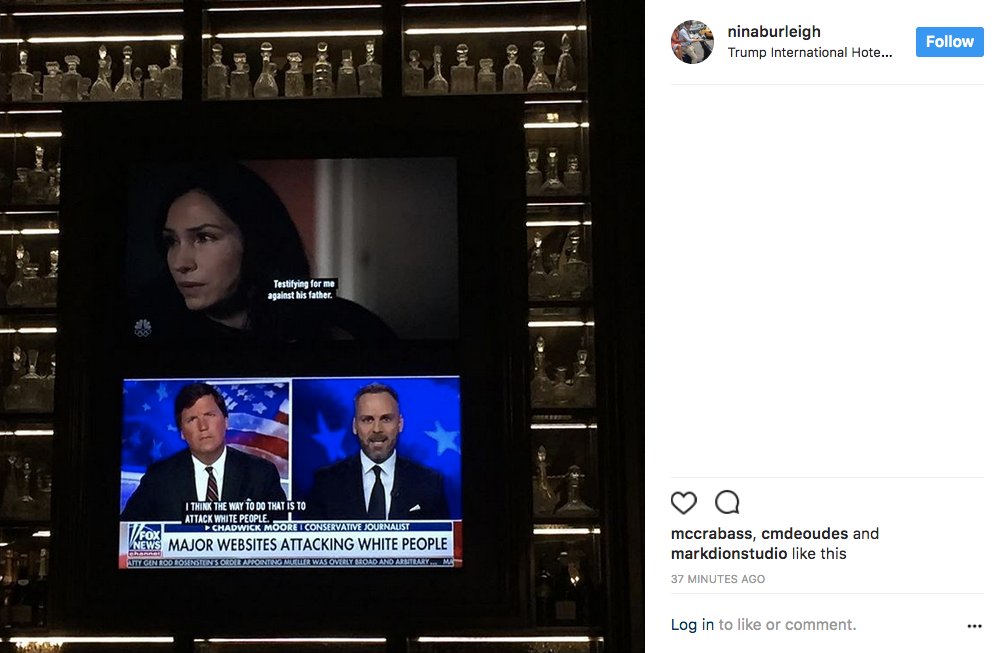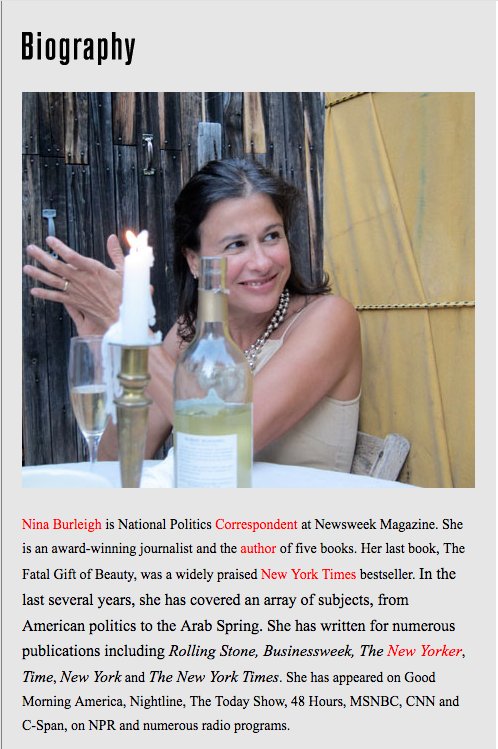She was the wife of the 35th President of the United States, John F. Kennedy, and the First Lady of the United States from 1961 until his assassination in 1963.
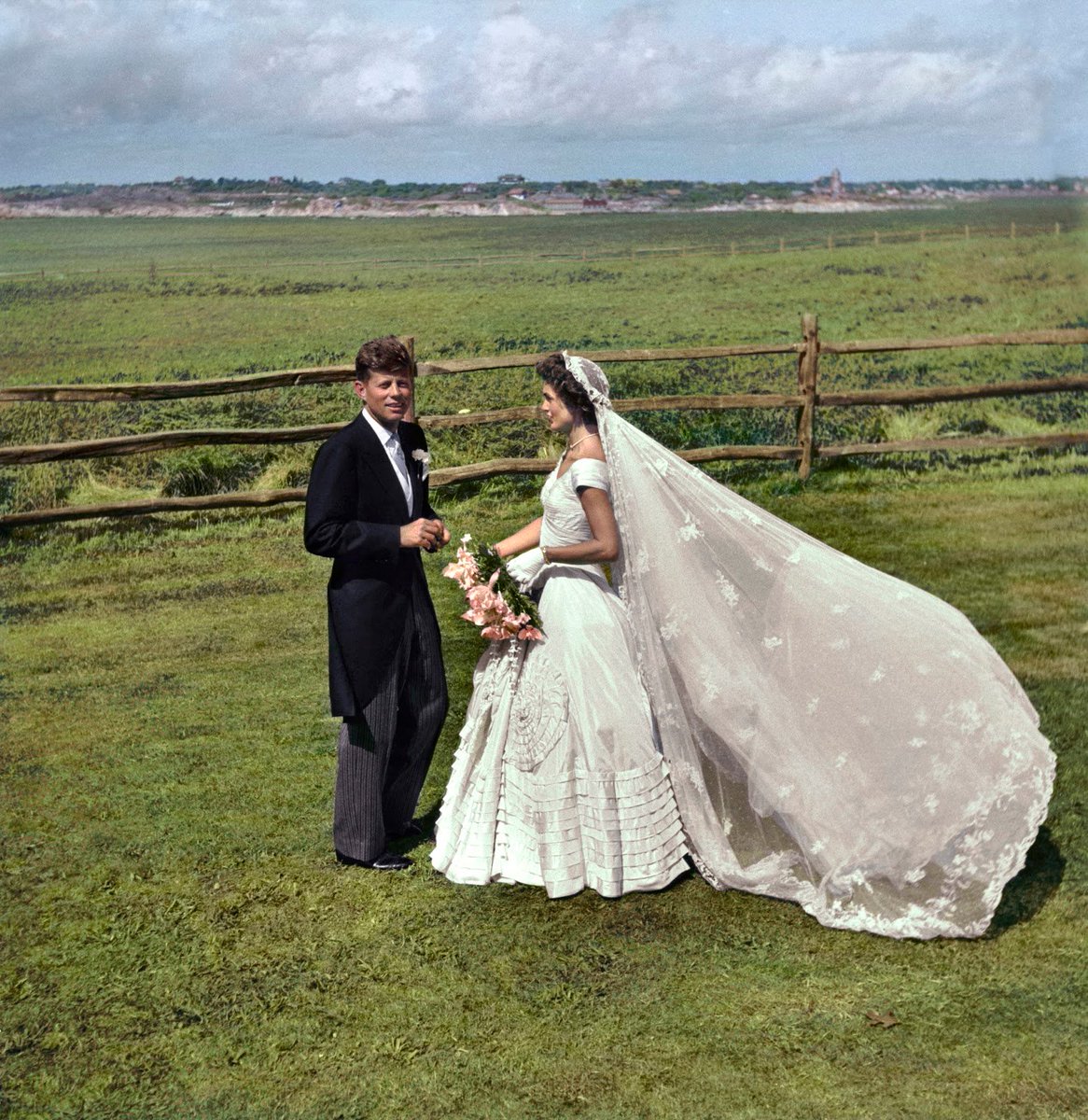
After a month in Europe, she returned to the US and accepted Kennedy's marriage proposal.
Their engagement was officially announced on June 25, 1953.
The infant's lungs were not fully developed and he died of hyaline membrane disease two days after birth.
The President was rushed to Dallas' Parkland Hospital. At her request, the First Lady was allowed to be present in the operating room.
She explained to Lady Bird Johnson that she wanted "them to see what they have done to Jack".
At her request, Johnson renamed the Florida space center the John F. Kennedy Space Center.
Aristotle Onassis' health deteriorated rapidly following the death of his son in a plane crash. He died of respiratory failure at age 69 in Paris on March 15, 1975.

